Back to top: Table of Contents
Preliminaries
It is customary, for websites, to give a “Site Map.” I prefer, in this context, the old fashioned concept of a “Table of Contents,” for two reasons. The first is that, in our case, the ramifications of a site map seem too complex to be of any use to a normal “reader.” The second is that my current aim is to offer a narrative, or linear, overview of the basic components of the Urkesh Global Record. In other words, I wish to describe in a discursive manner the logical structure and the organization of the material.
One may first refer to the organization or the layout of the page. The bar on the left hand side (in red) gives a traditional, and that on the right hand side (in black) a system bound, presentation. The Table of Contents will highlight more properly the contents of each section within these vertical bars.
One reason why this seems useful goes back to a matter of perception. With a book printed on paper, one has an instant perception of content dimensions: the number of pages between two covers, the subdivision into chapters (the size of which can also be gauged by leafing through the pages), the type of illustrations, etc. With a website, on the other hand, there is no perception of the whole. Our Table of Contents is meant to approximate such a perception. It is, one might say, a reasoned Site Map.
Back to top: Table of Contents
The fixed frame

The left hand side vertical bar (in red) is divided into three, and the right hand side vertical bar (in black) into two, parts. These five parts constitute the scaffolding of the display, and remain visible at all times, the intent being to ensure that one may have always at hand the overview of the entire frame of reference. The subtitles within each “part” are like chapter headings, the content of which opens up in the main page as one clicks on it.
In what follows I will describe the basic contents of each of these five parts. There are differences between the standard unit books, and the Mozan Sitewide book. Accordingly, one will find distinct sets of entries for each of these two alternatives – the standard unit box against a yellow, and the Mozan Sitewide box against a light blue background.
Back to top: Table of Contents
Part 1. General introduction to site, methods and current unit
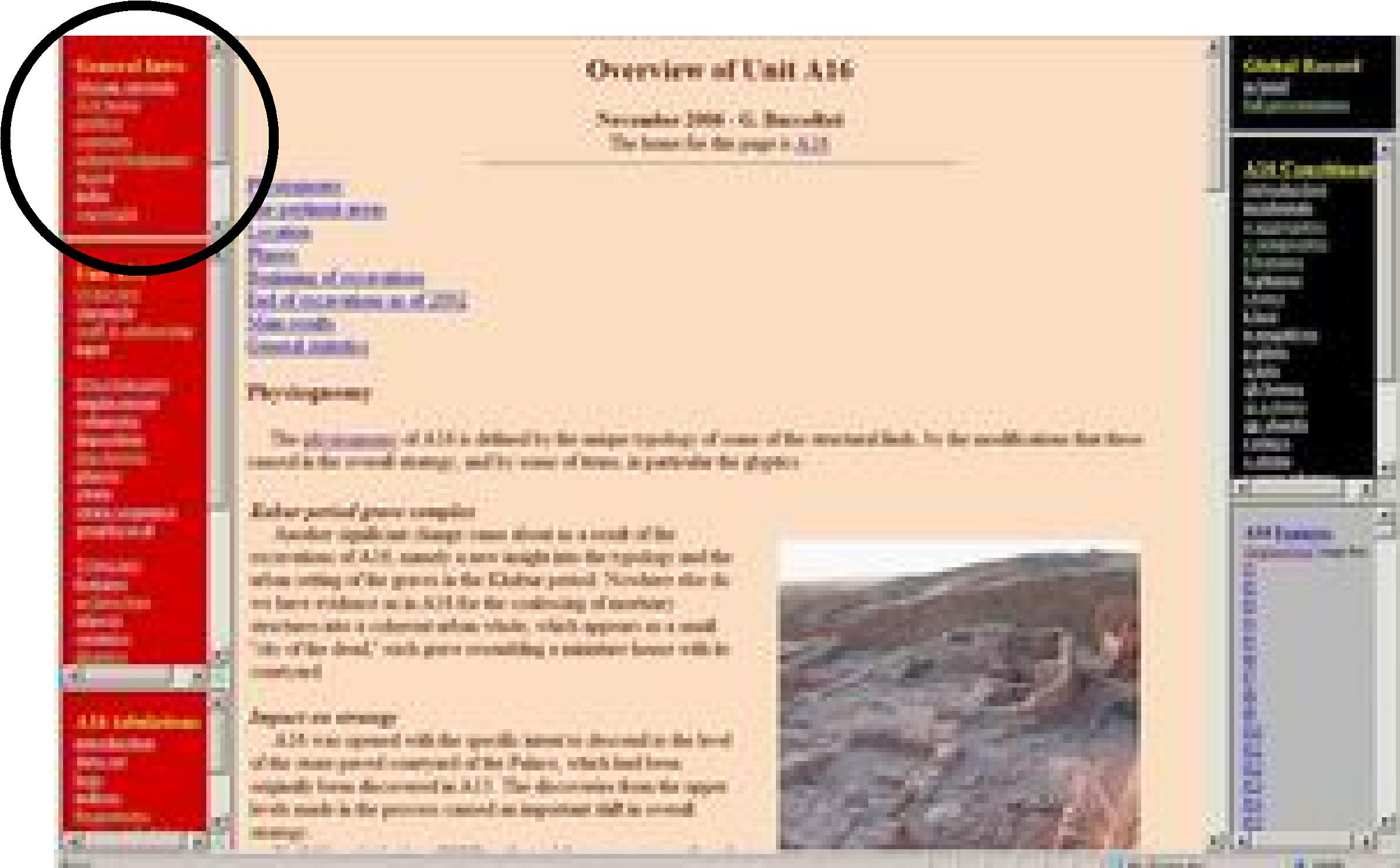
|
Except for the fhrst five sections, the MoºÜV°Ïykewide digital book contains an expanded version of Part 1. |
DIGITAL is the same as entry N. 6 in the Standard Table of Contents, and gives an overview of the following sections, which are treated in detail in Mozan Sitewide. | |
|
Except for the first five sections, the Mozan Sitewide digital book contains an expanded version of Part 1. DIGITAL is the same as entry N. 6 in the Standard Unit Table of Contents, and gives an overview of the following sections, which are treated in detail in Mozan Sitewide. FRAME & SETTING HORIZONS
|
Back to top: Table of Contents
Part 2. Discursive presentation of current unit
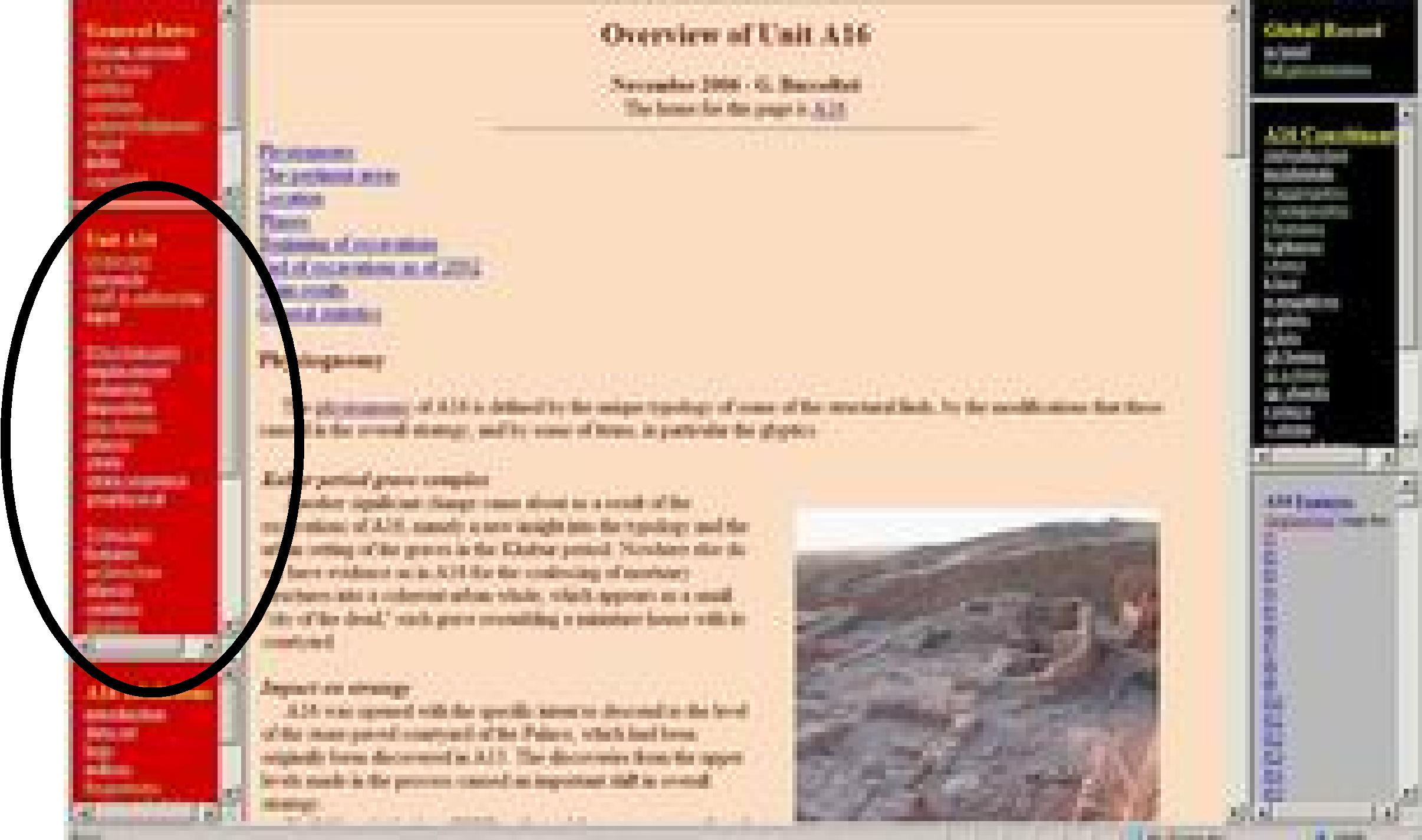
TEXT TO BE WRITTEN
Back to top: Table of Contents
Part 3. Tabulations for current unit
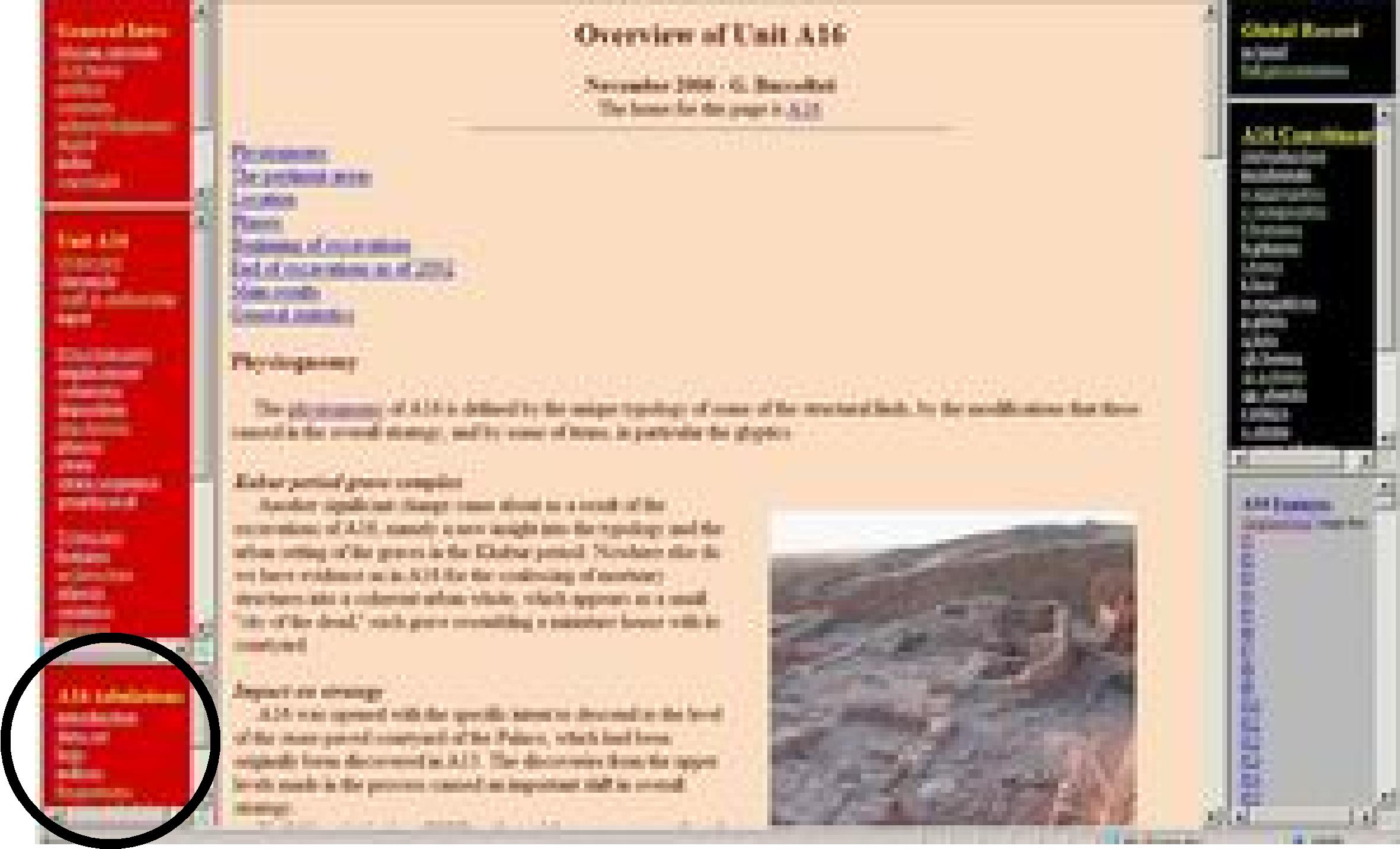
TEXT TO BE WRITTEN
Back to top: Table of Contents
Part 4. The Urkesh Global Record as a system
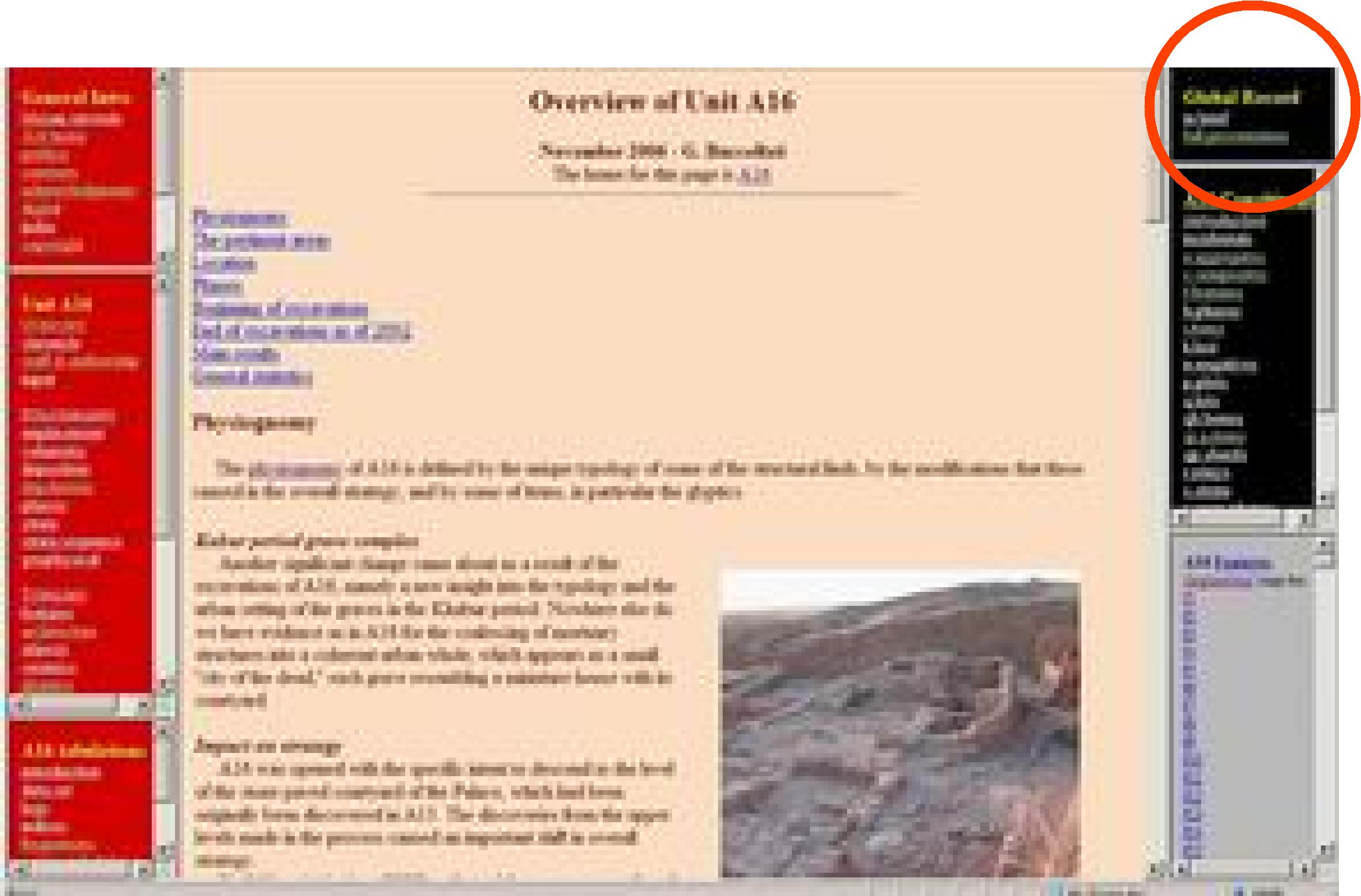
TEXT TO BE WRITTEN
Back to top: Table of Contents
Part 5. The Urkesh Global Record in practice: constituents for current unit
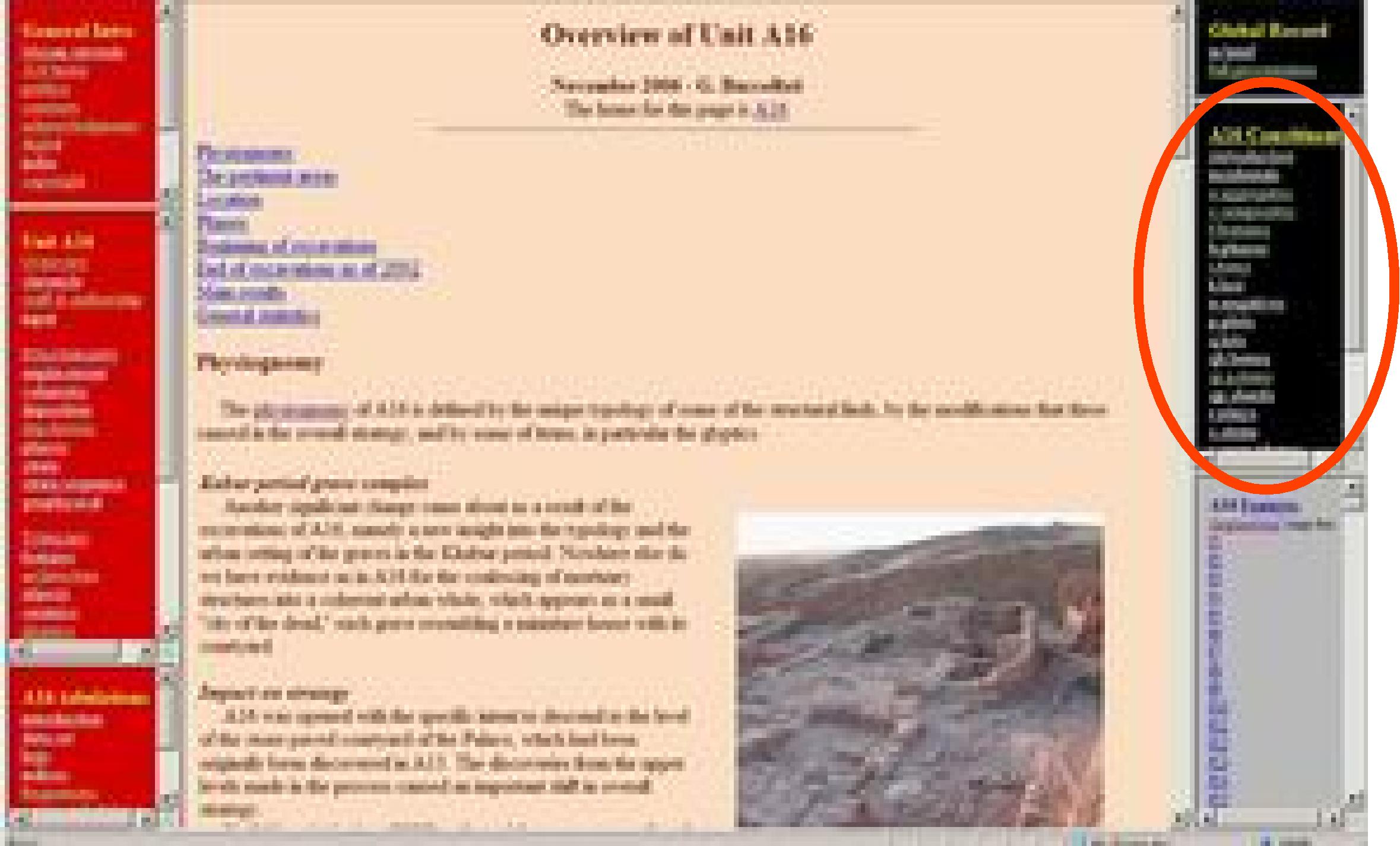
TEXT TO BE WRITTEN
Back to top: Table of Contents
The variable panels
Back to top: Table of Contents
The main page
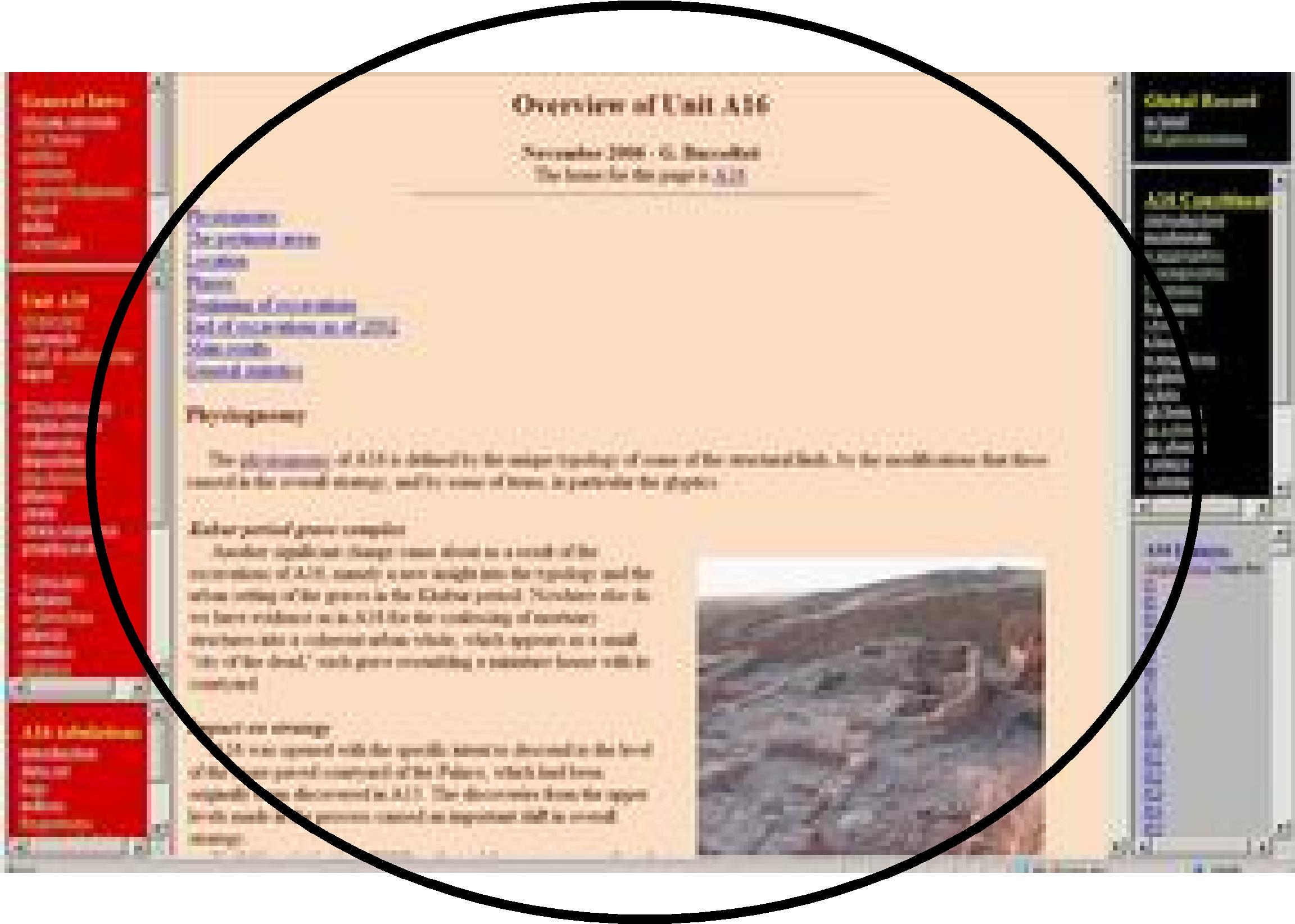
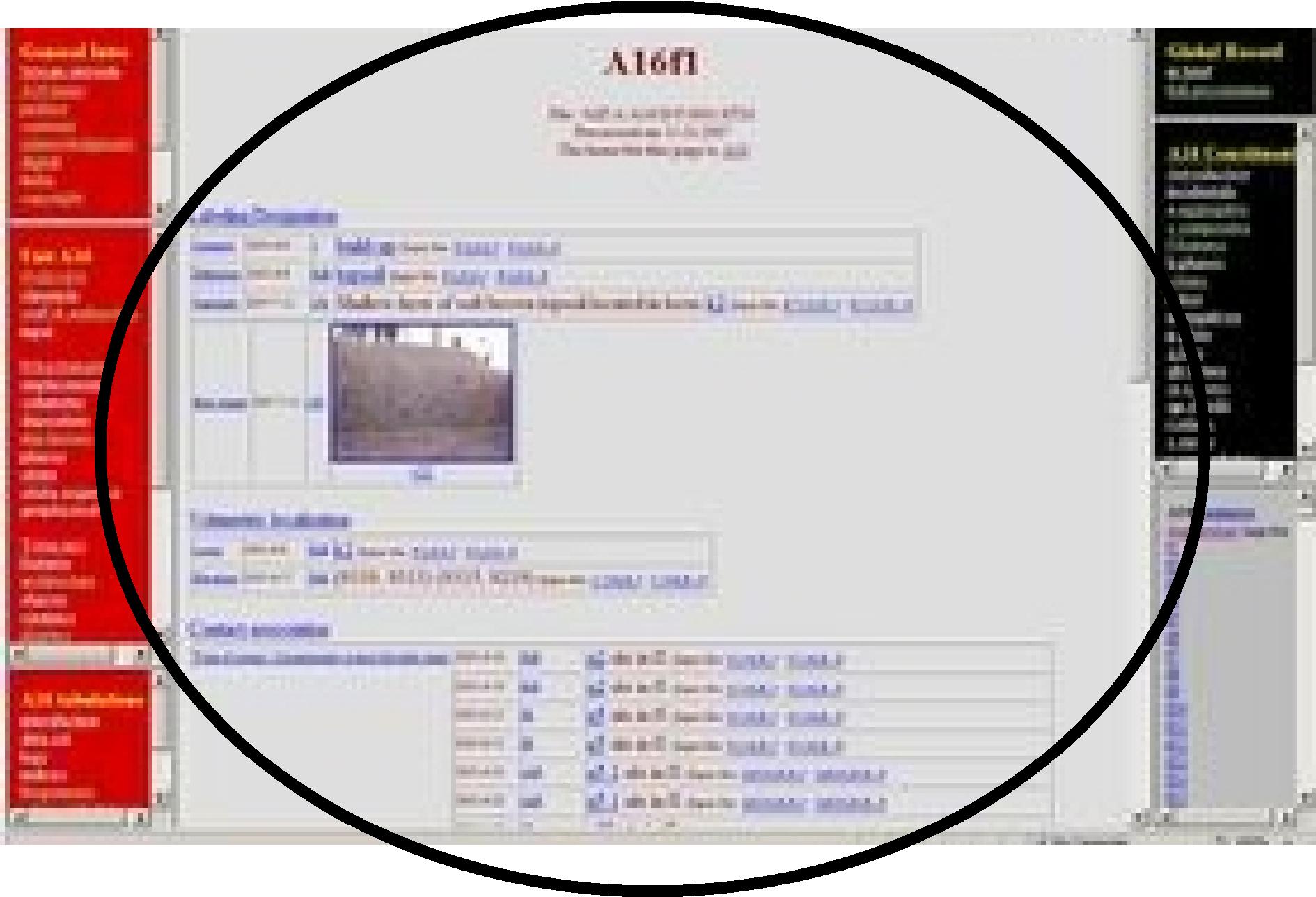
TEXT TO BE WRITTEN
Back to top: Table of Contents
The secondary side bar
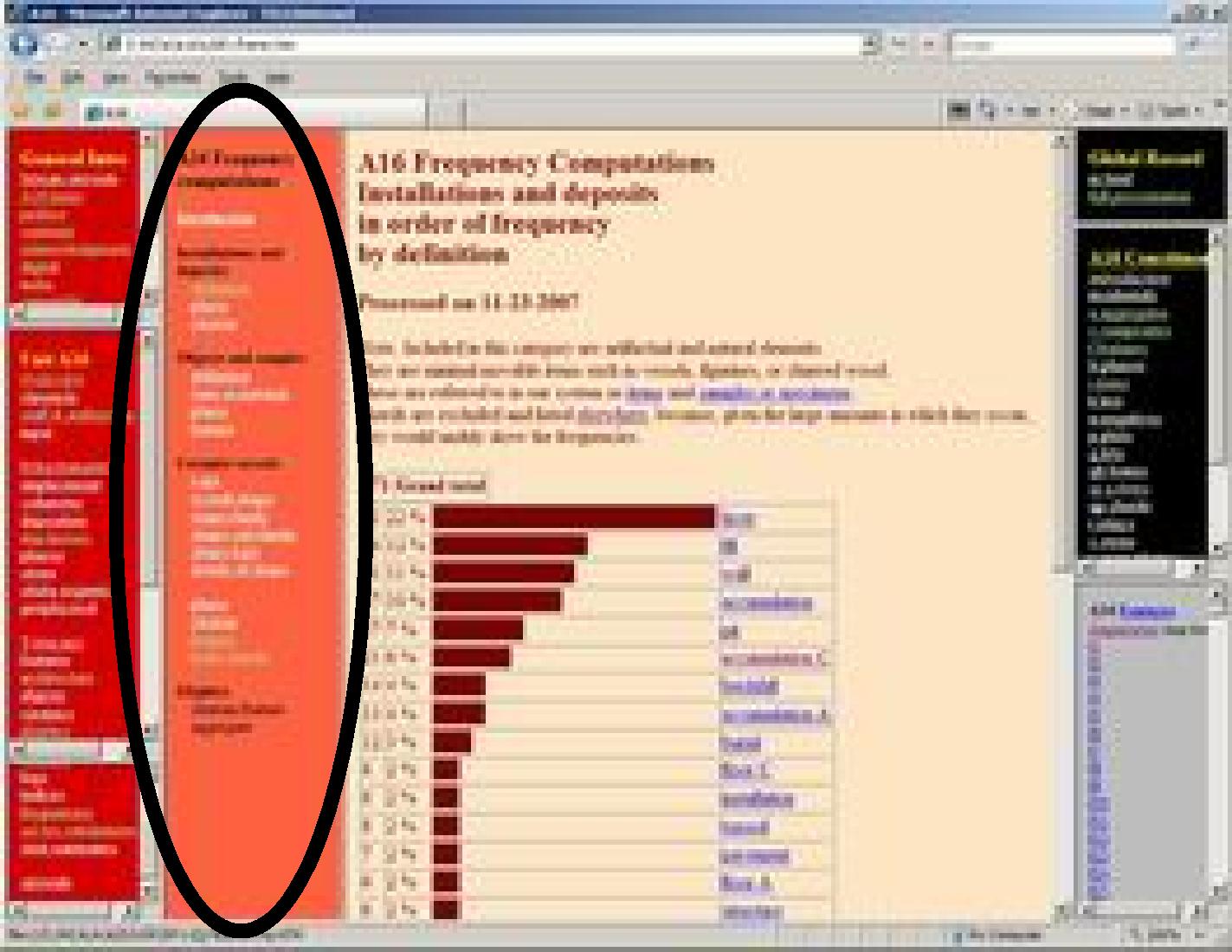
TEXT TO BE WRITTEN
Back to top: Table of Contents
The index panel
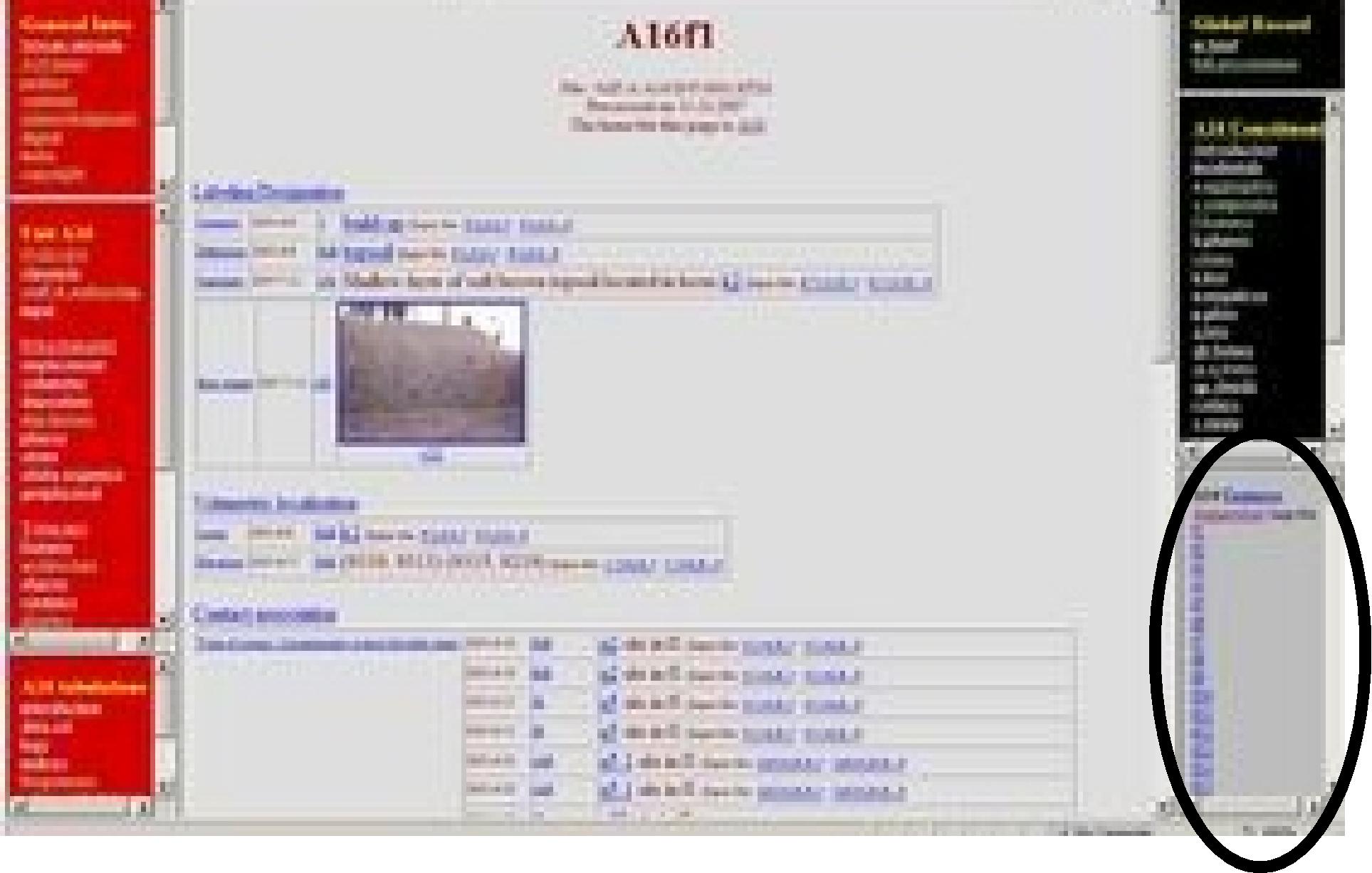
TEXT TO BE WRITTEN
Back to top: Table of Contents